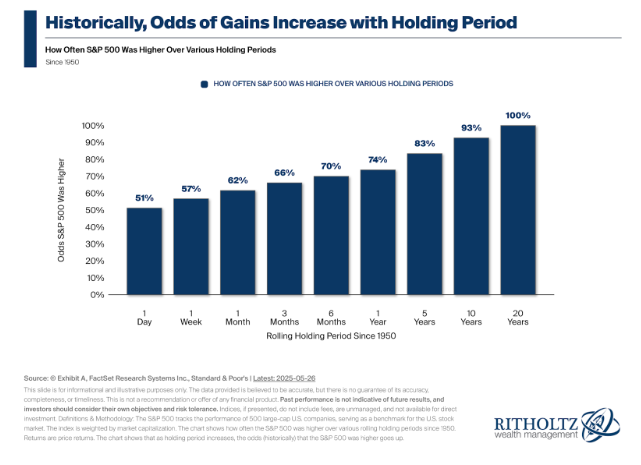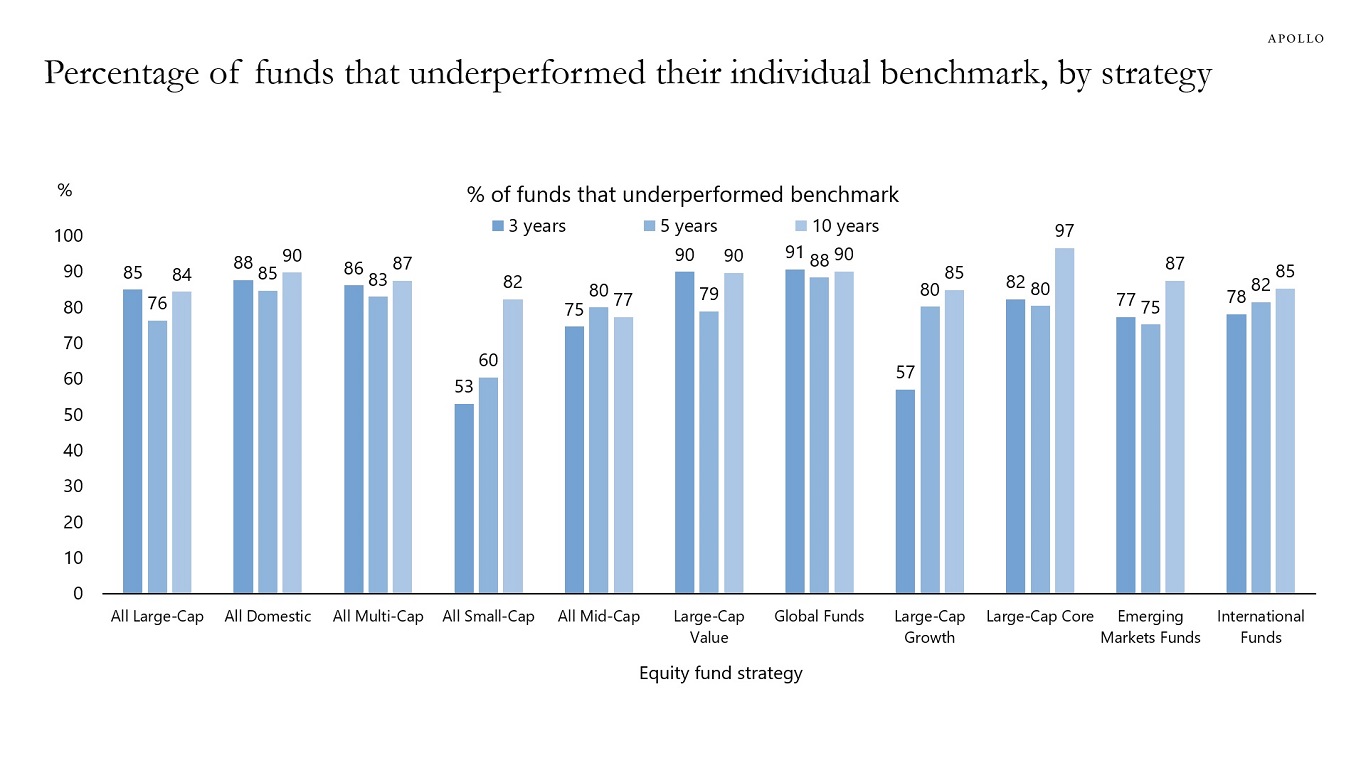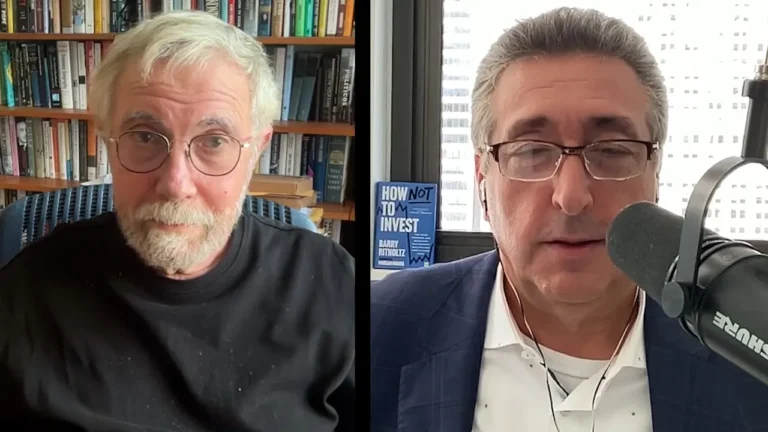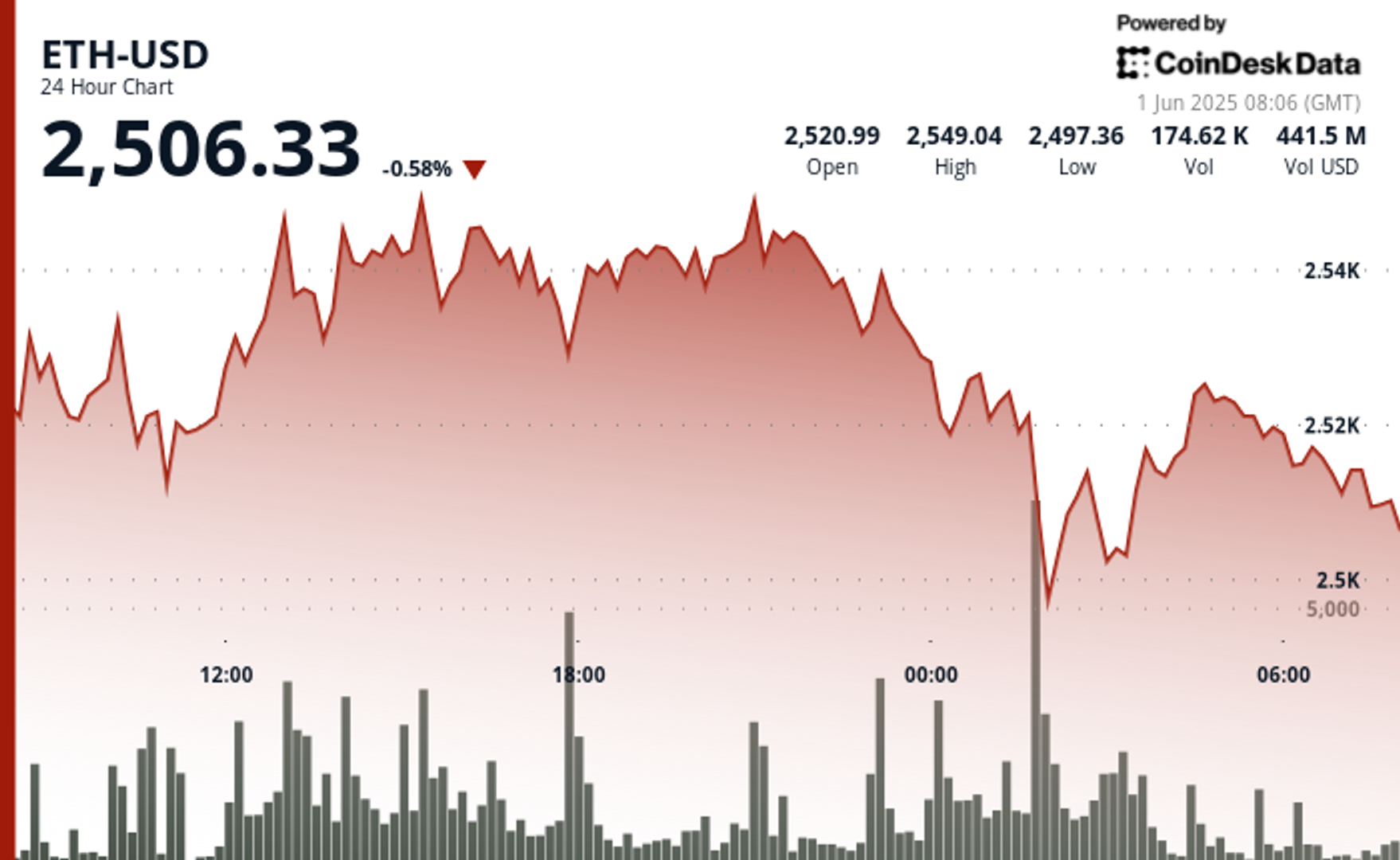Truths Boomers Need to Face About Their Finances Today
If you’re a Baby Boomer, you are at the age when retirement is drawing near, if it hasn’t arrived already. Unfortunately, many Baby Boomers are not quite ready to have the secure retirements they deserve. There are a number of different factors in play that suggest their financial picture may not be so rosy — […] The post Truths Boomers Need to Face About Their Finances Today appeared first on 24/7 Wall St..

Key Points
-
Baby Boomers need to be prepared for some harsh realities that could affect their spending power in retirement.
-
It’s critical that Boomers realize Social Security is losing buying power, and benefit cuts are possible.
-
Experts also recommend withdrawing a smaller sum of money in retirement than in the past.
-
Are you ahead, or behind on retirement? SmartAsset’s free tool can match you with a financial advisor in minutes to help you answer that today. Each advisor has been carefully vetted, and must act in your best interests. Don’t waste another minute; get started by clicking here.(Sponsor)
If you’re a Baby Boomer, you are at the age when retirement is drawing near, if it hasn’t arrived already.
Unfortunately, many Baby Boomers are not quite ready to have the secure retirements they deserve. There are a number of different factors in play that suggest their financial picture may not be so rosy — and Boomers need to come to terms with the reality that they may not have as much spending power as they might be hoping for. Here’s why.
1. Social Security benefits are losing buying power
The first harsh reality Boomers have to face has to do with how far their Social Security benefits will stretch. These benefits are supposed to be protected against inflation because of Cost of Living Adjustments (COLAs) that allow for regular increases in most years if the Consumer Price Index for Urban Wage Earners and Clerical Workers (CPI-W) shows that there has been an increase in the cost of a basket of goods and services.
Here’s where the problem comes in. The basket of goods and services that is used to determine COLAs is based on the spending habits of urban wage earners and clerical workers, not based on retirees who tend to spend very differently. As a result, the Senior Citizens League, a group that advocates for seniors, estimates that benefits have lost around 20% of their buying power since 2010, and this isn’t likely to change anytime soon.
If the value of your benefits keeps going down, which it is likely to, then Social Security is going to cover less of your essential costs. Since benefits only replace 40% of pre-retirement income in general, which is already not enough, this is not good news for Boomers who are planning to rely on these funds.
2. Social Security’s trust fund is running out of money
Boomers have another unpleasant Social Security reality to face as well. The program’s trust fund is on track to run out of money during their retirement years. Specifically, the trustee’s current projections show the trust fund is scheduled to run dry in 2035. Some benefits will still be payable out of current tax collected on workers if that happens, but an automatic benefits cut will go into effect, and checks would shrink by 17%.
Absorbing a huge Social Security cut would be a big hit to the finances of any retiree. If Congress takes action to stop this, which it likely will, this could also lead to changes that affect at least some Boomers, such as some higher earners seeing their benefits cut, or retirement age being moved later, so Boomers either have to wait to claim or face early filing penalties.
None of these outcomes is good, and Boomers who are hoping to count on Social Security throughout their retirement should prepare for potential turmoil as the date draws nearer when the trust fund runs dry.
3. Your savings may not produce as much income as you’d think

Finally, Boomers also have to face an unpleasant truth about their income from savings. Specifically, experts have revised downward their estimates of how much you can safely withdraw from savings each year while still making certain your money lasts.
Traditionally, many retirees have followed a 4% rule, where you assume you can withdraw 4% of your retirement account balance in your first year of retirement and then make upward adjustments based on each year’s inflation rate. However, Morningstar analysts now report you should limit withdrawals to 3.7% in order to have the best chance of your money lasting. This revision is based on future projected returns and life span estimates.
If you have $1 million estimated for retirement, this would mean that your savings now produce only $37,000 in annual income instead of $40,000. That $3,000 can make a difference when you are living on a fixed income.
Boomers should come to terms with these truths now, so they can prepare for what retirement will actually look like and base their retirement choices on these realities. A financial advisor can provide invaluable help in understanding the truth about the income that you’ll have available, and in making sure you are prepared as economic and political conditions shift.
The post Truths Boomers Need to Face About Their Finances Today appeared first on 24/7 Wall St..





































































































































































